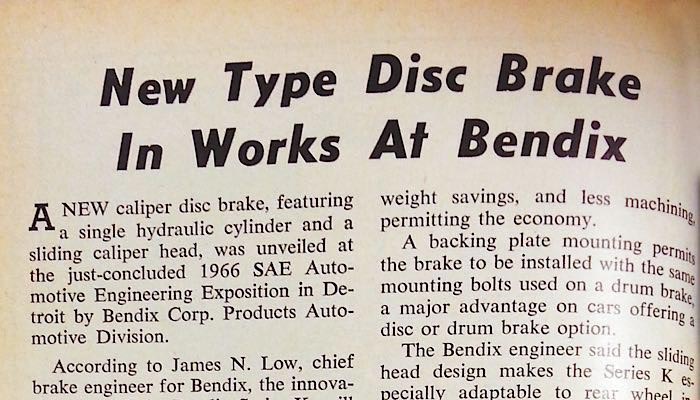Brakelight: May 1941
Jest For Shopmen was a regular feature in Brake & Front End Service.
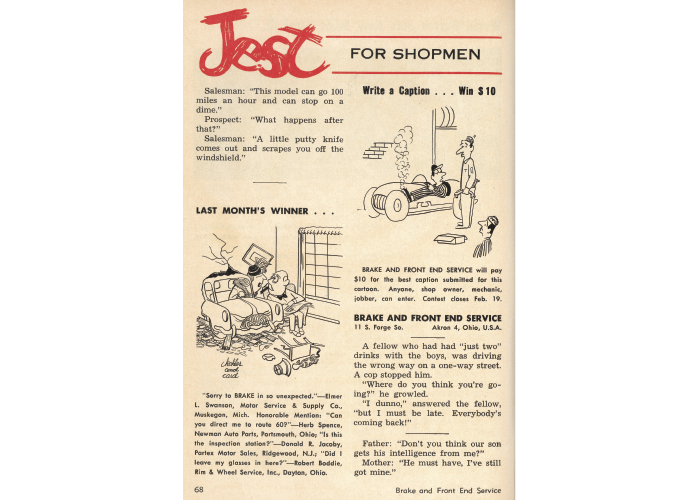
Brakelight: August 1952
Chet’s in Long Beach, CA, is still in business 65 years after this article was printed in Brake & Front End. Chet spent $18,000 in 1952 to build the shop — the equivalent of $163,000 today.

Brakelight (August 1952)
The “Pull a Wheel!” campaign from the 1940s and 1950s played a critical role in stressing the complete inspection of brake systems. Most vehicles of this period had drum brakes.
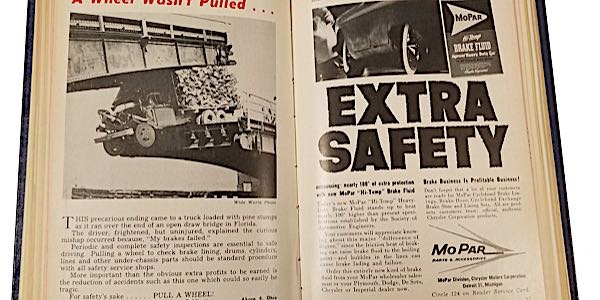
BRAKELIGHT: July 1956
In the 1950s, Brake & Front End published a series of posters that could be cut out from the magazine and displayed in shops to show customers the possible results of neglecting their brakes. These posters were designed around a simple concept: The more dramatic, the better.
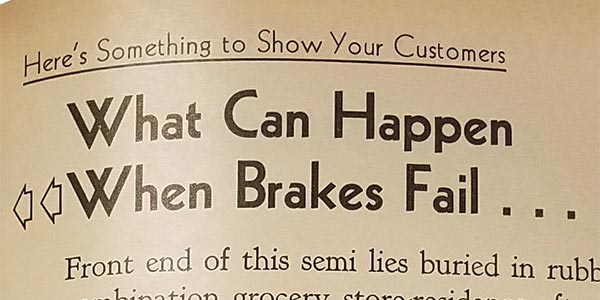
BRAKELIGHT: Charlotte Southern, Woman Driver (1940)
For more than 20 years, readers were treated to the adventures of “Charlotte Southern (Woman Driver).” While not politically correct today, the cartoons did draw a lot of attention.
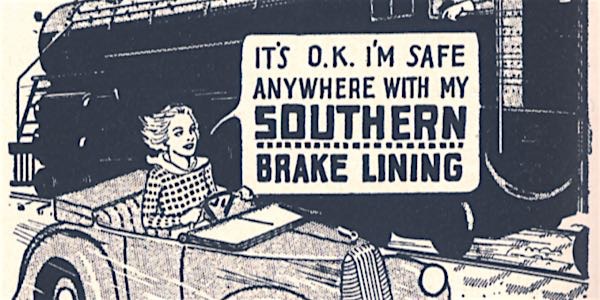
BRAKELIGHT: September 1949
For the past 50 years, self-adjusting drum brakes have been standard equipment on almost all vehicles. Before the self adjuster, some drivers had to visit shops every 1,500 to 2,000 miles to have their brakes adjusted.
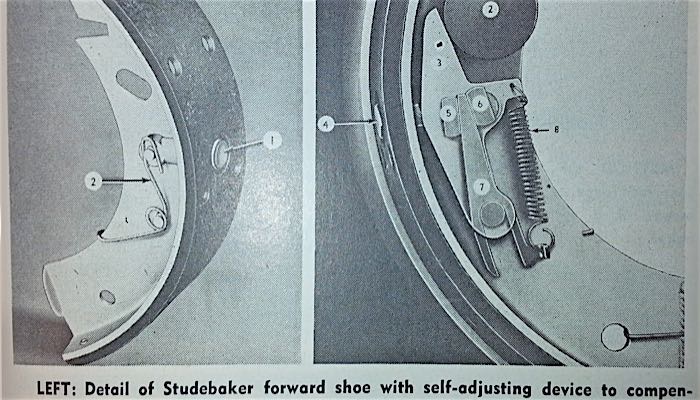
BRAKELIGHT: November 1941
In the 1940s, a technician could work on most vehicles with a set of tools that could fit in a small tool chest. Sockets and ratchets were cutting-edge innovations, and technicians used combination wrenches on most repairs.
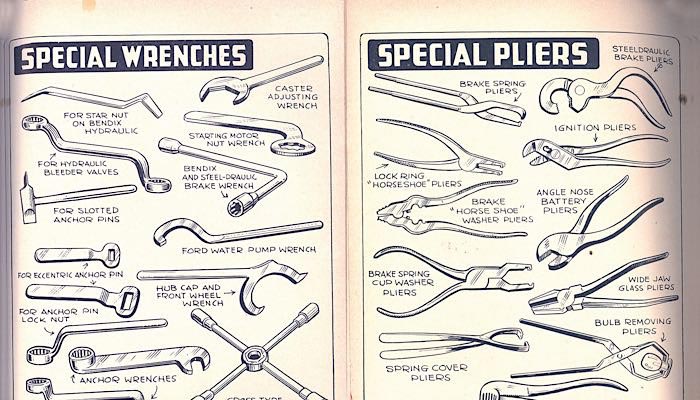
BRAKELIGHT: July 1948
It is estimated that between 1,500 to 2,000 WWII veterans die every day. Many of them were trained as motor pool and aircraft mechanics in the service and came home to open shops. We owe a great deal to these veterans because not only did they defend our freedoms, they helped to build the auto care industry we know today.
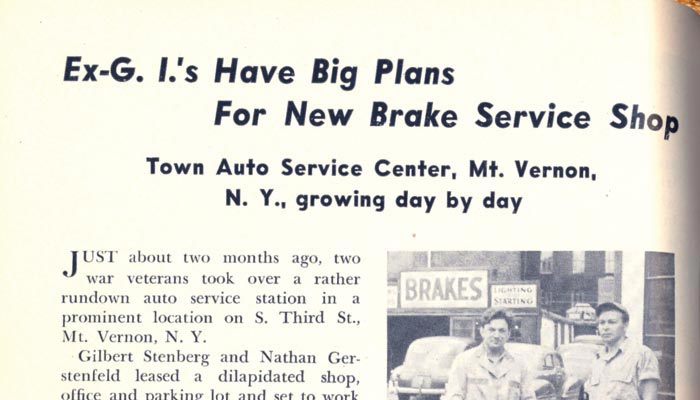
BRAKELIGHT: The Dawn of Disc Brakes (1966)
In 1966, disc brakes were starting to be offered on a wide variety of vehicles. The problem was that fixed opposed piston calipers were very heavy and expensive. Also, they were overkill for most common vehicles of the day.
